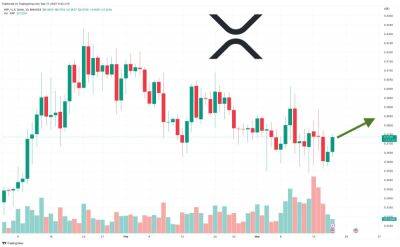Rise in Twitter outages since Musk takeover hints at more systemic problems
O n Monday Twitter broke for the sixth time this year. Clicking any link on the social network resulted in an error message, while attempting to post a new image resulted in nothing but a big blank box where the picture should have been.
Unlike the last four outages – three in February, and another already in March – the site wasn’t completely unavailable, giving Twitter users the opportunity to engage in their favourite activity: discussing the continued destruction of Twitter live on the site. (The sixth outage this year, in January, only affected Android users.) The trending topics on the site were promptly filled with various phrases relating to the outage, as users speculated that Elon Musk’s own demands had ultimately caused the failure.
The error message referred to the Twitter API, a service that allows other programmes to interact with the site. In January, the company had, with no notice, banned third-party apps from using the API, rendering them non-functional overnight. The error message suggested that Twitter had continued tinkering with the feature and accidentally banned its own apps in the process.
“A small API change had massive ramifications,” Musk confirmed later that day, calling the code of the site “extremely brittle for no good reason”. Fixing the problems, he added, would “ultimately need a complete rewrite”.
Just a single reliability engineer had been allocated to a project to create a paid version of the API, according to a report in the Platformer newsletter, and that engineer pushed a mistaken change to the live version of the site without realising the ramifications.
Mistakes happen, and Twitter isn’t alone in being knocked offline by a single engineer: in 2021, Facebook’s services were offline
Read more on theguardian.com



















